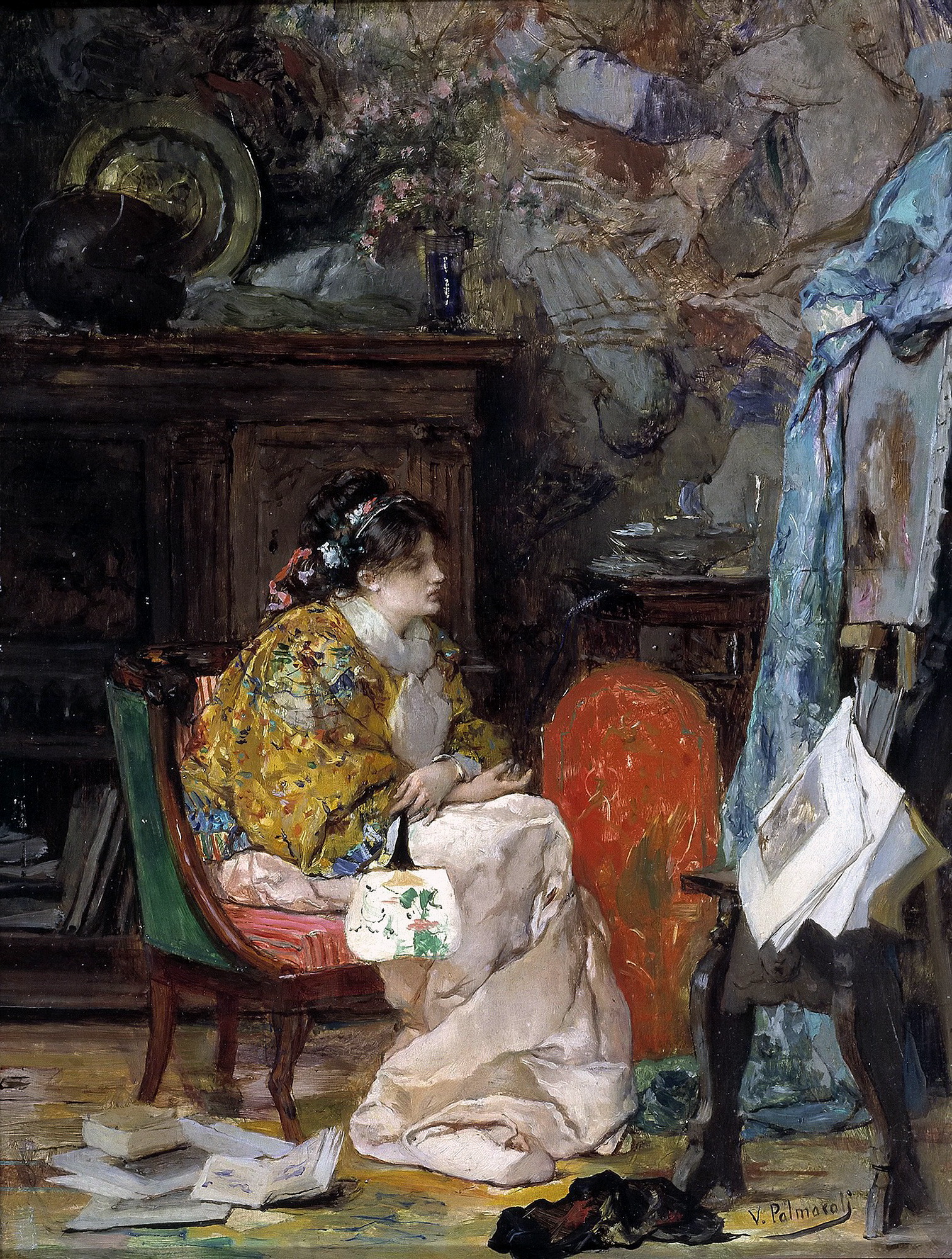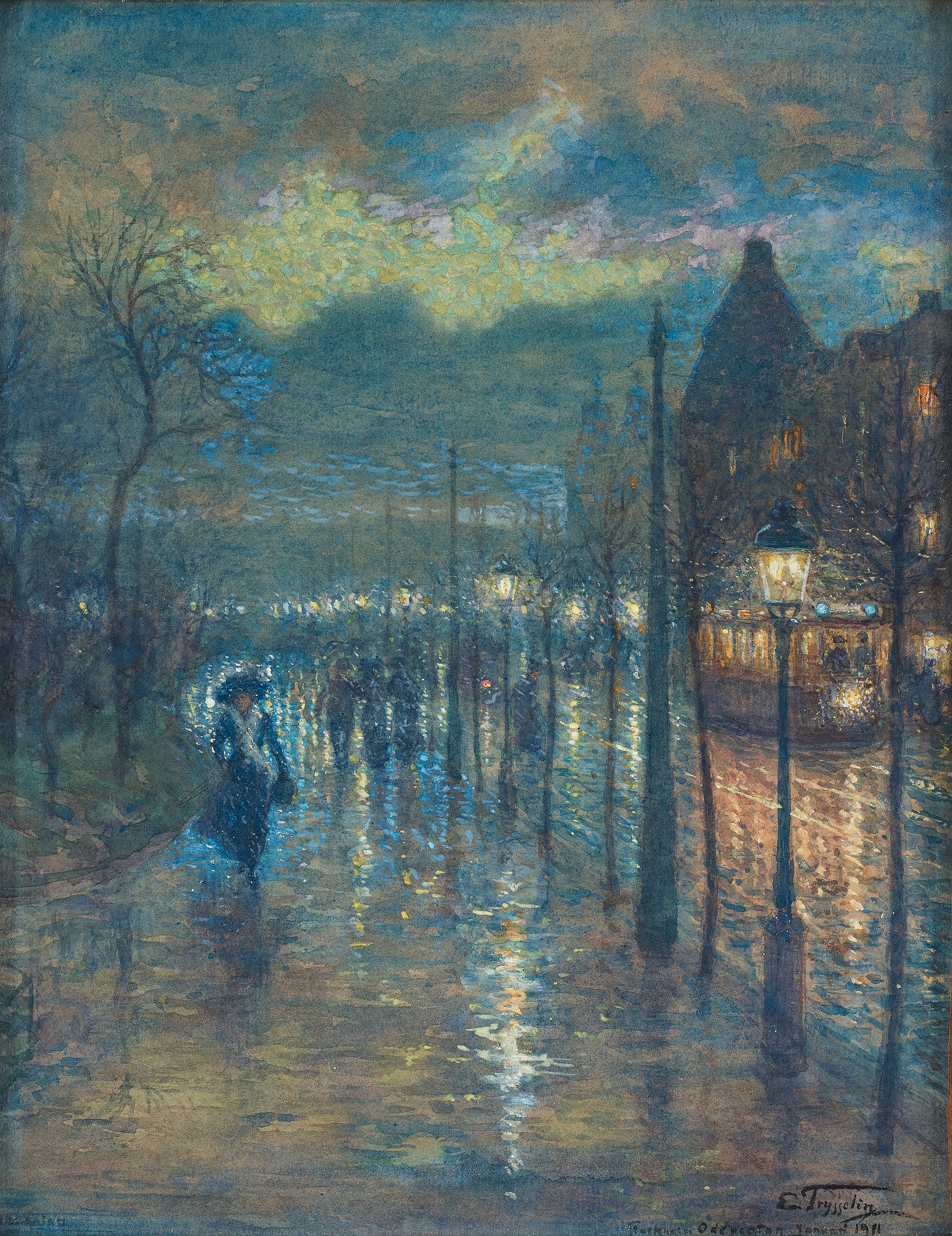Della Murfologia | Capitolo 1
Nel 1949, l'ingegnere aeronautico dell'aviazione americana, capitano Edward Aloysius Murphy, Jr. (1918-1990), osservando l'andamento dei propri esperimenti, ebbe a dire: "Se qualcosa può andar male, lo farà".
Prova della "verità" di questa affermazione è il fatto che Ed Murphy, nel giro di pochi anni, è diventato famosissimo in tutto il mondo: non per le sue scoperte in aeronautica, del resto inesistenti, ma per quella frase, che immediatamente si diffuse sotto il nome di "Legge di Murphy".
Oggi la Legge di Murphy in America è talmente famosa da comparire nei dizionari, come: "Il principio per cui qualsiasi cosa possa andare male lo farà" (Funk and Wagnalls, Standard College Dictionary).
Laboratori, uffici, circoli di golf, redazioni, banche, palestre, università, biblioteche, studi di dentisti, di avvocati, di fiscalisti, di ingegneri, di architetti, persino ospedali, sale operatorie, cessi sono immancabilmente tappezzati di manifesti, calendari o adesivi che ricordano la Legge di Murphy e le sue applicazioni.
L'insieme delle Leggi ed Osservazioni di cui la Legge di Murphy è da considerarsi capostipite è stato raccolto da Arthur Bloch nel 1977.
Una raccolta che è un inventario del pessimismo esistenziale, ma che offre anche l'antidoto più antico e sicuro contro il malumore: la buona, sana e vecchia risata. | La Feltrinelli
Michael Cheval | Discord of Analogy

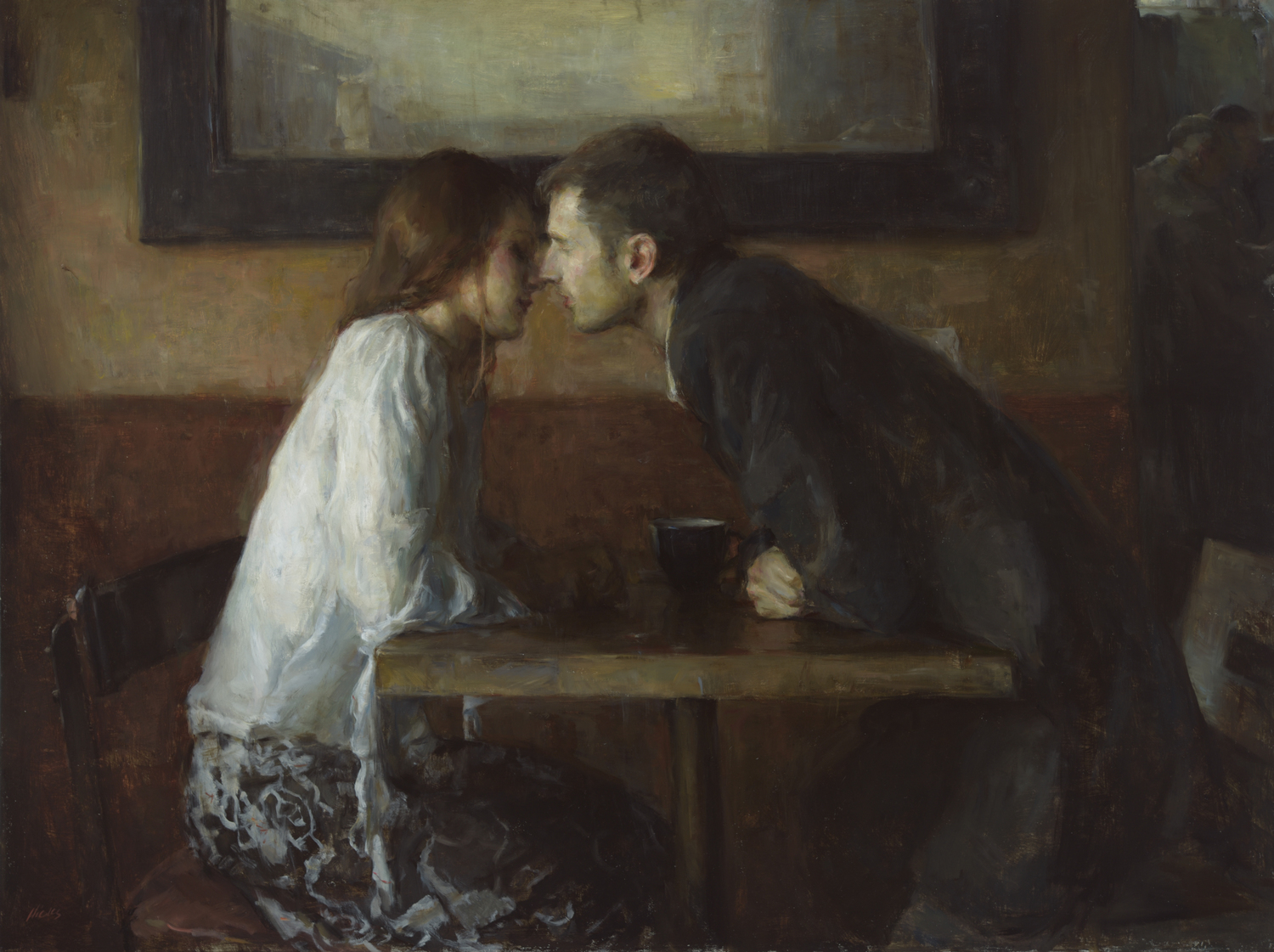











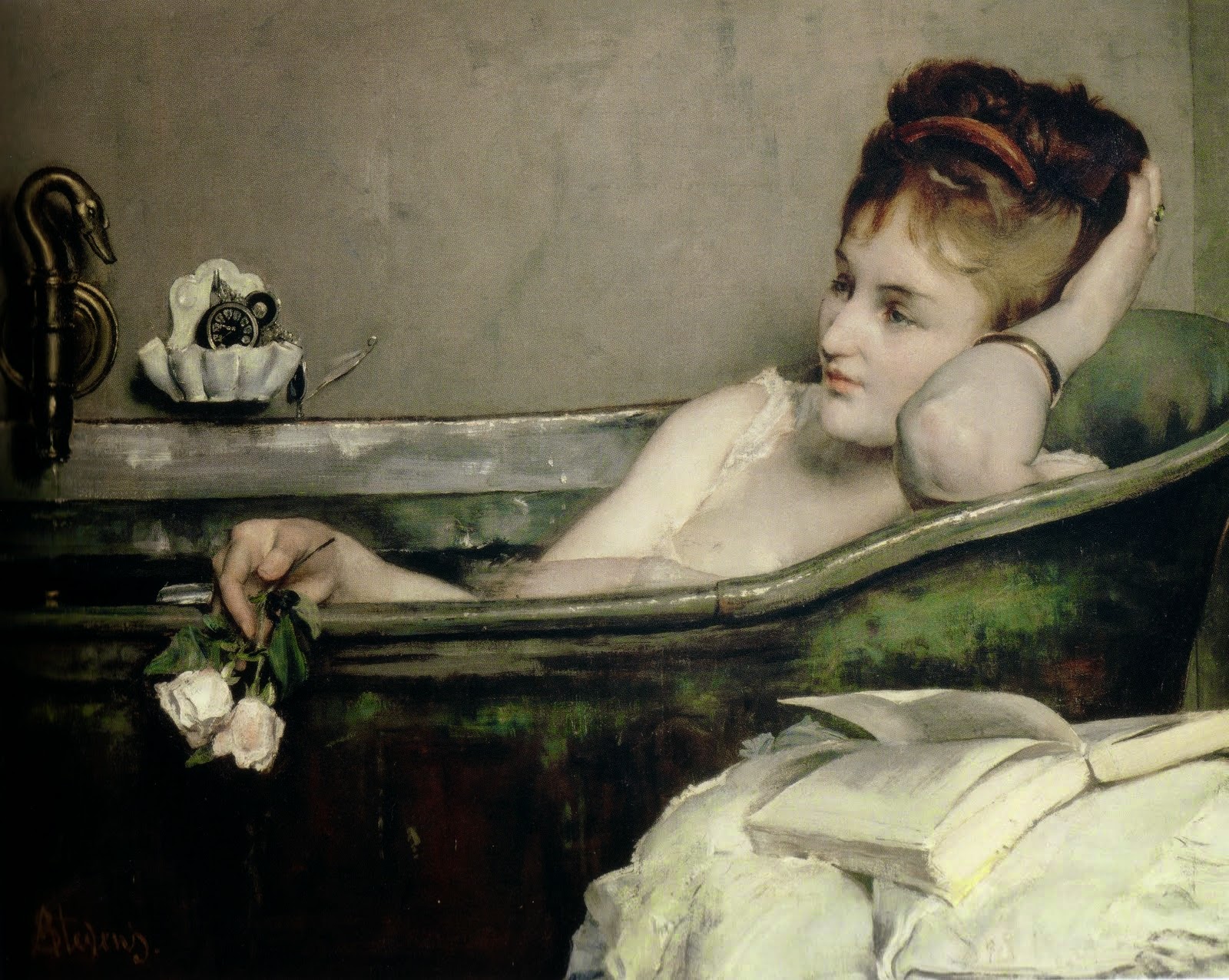



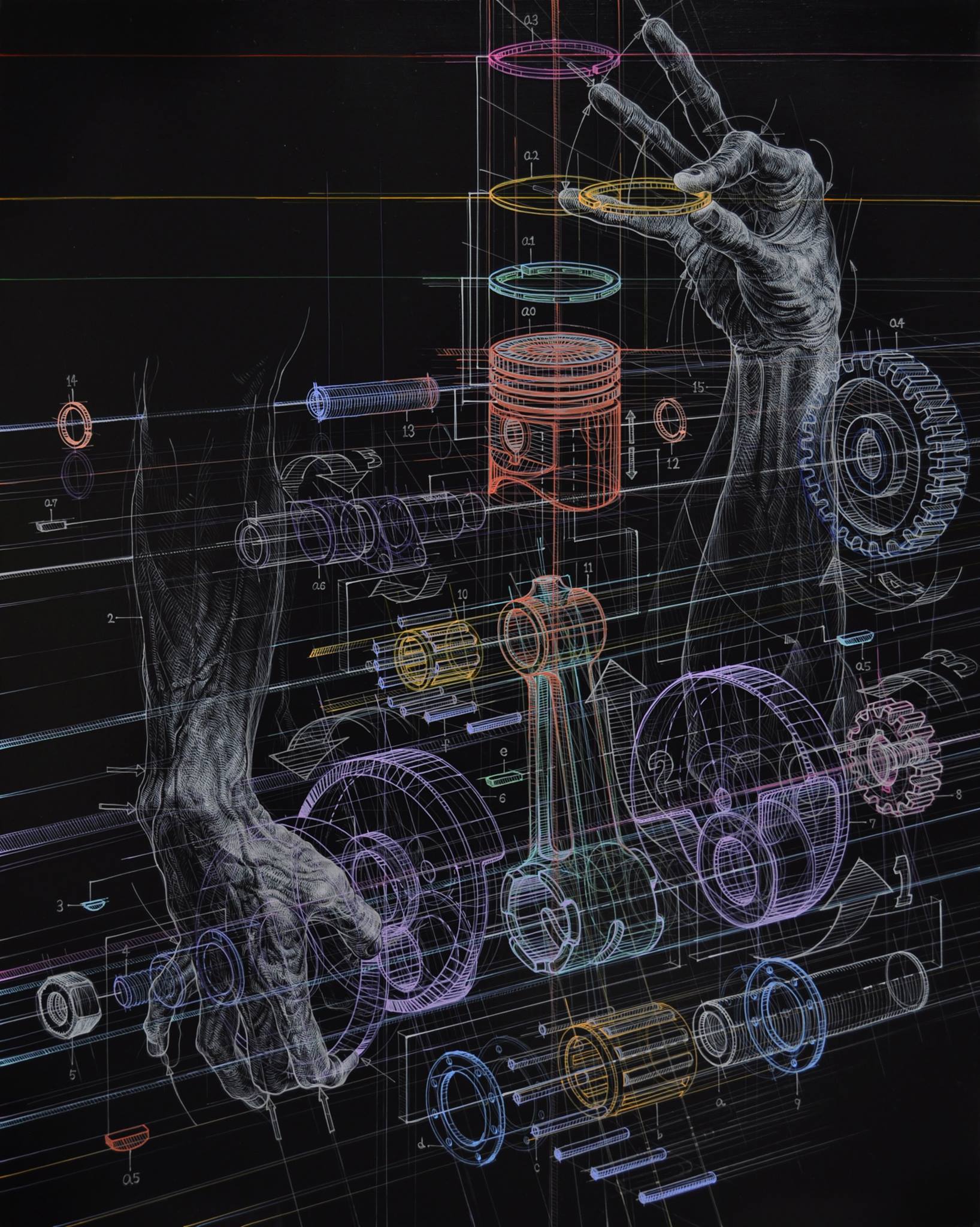

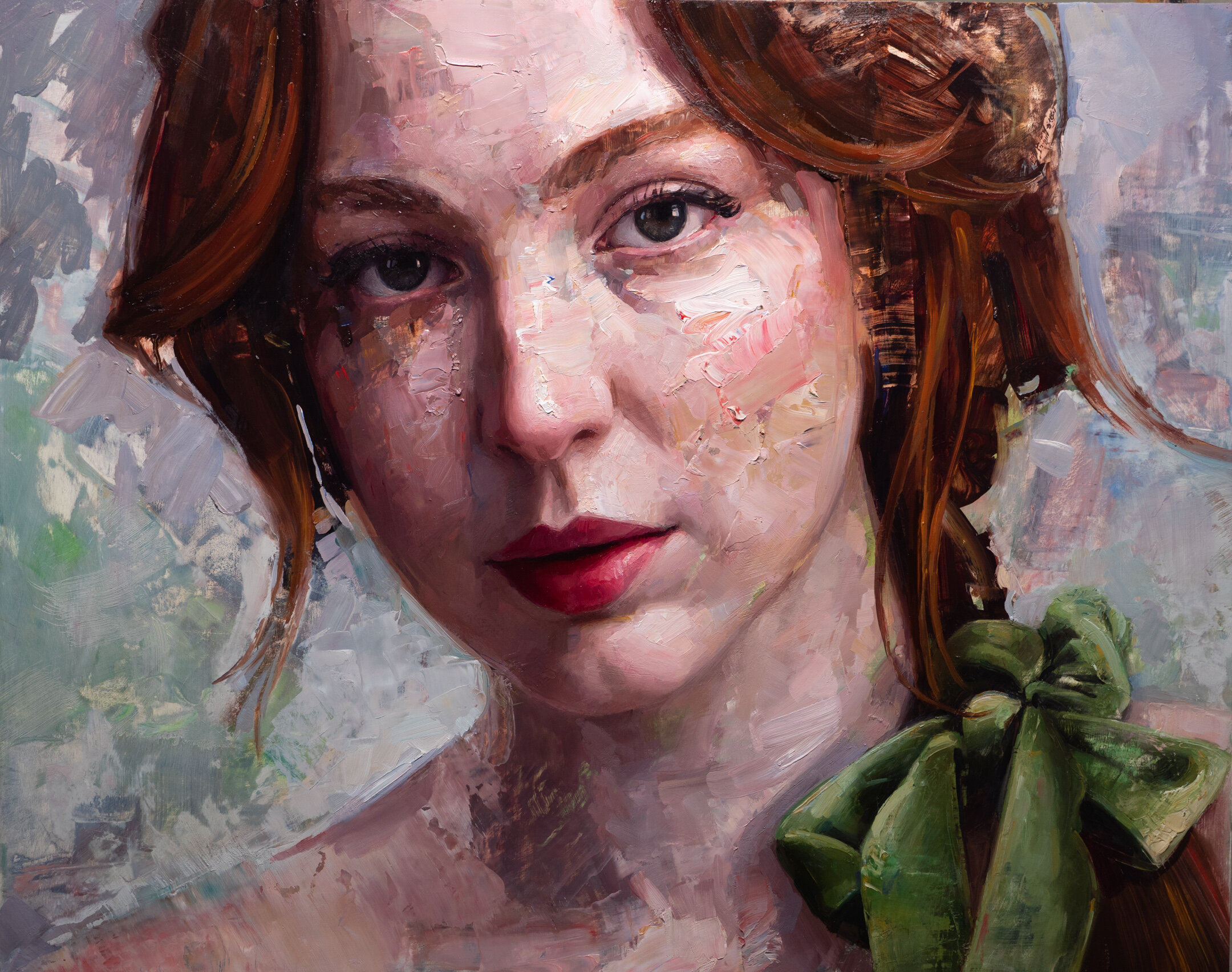

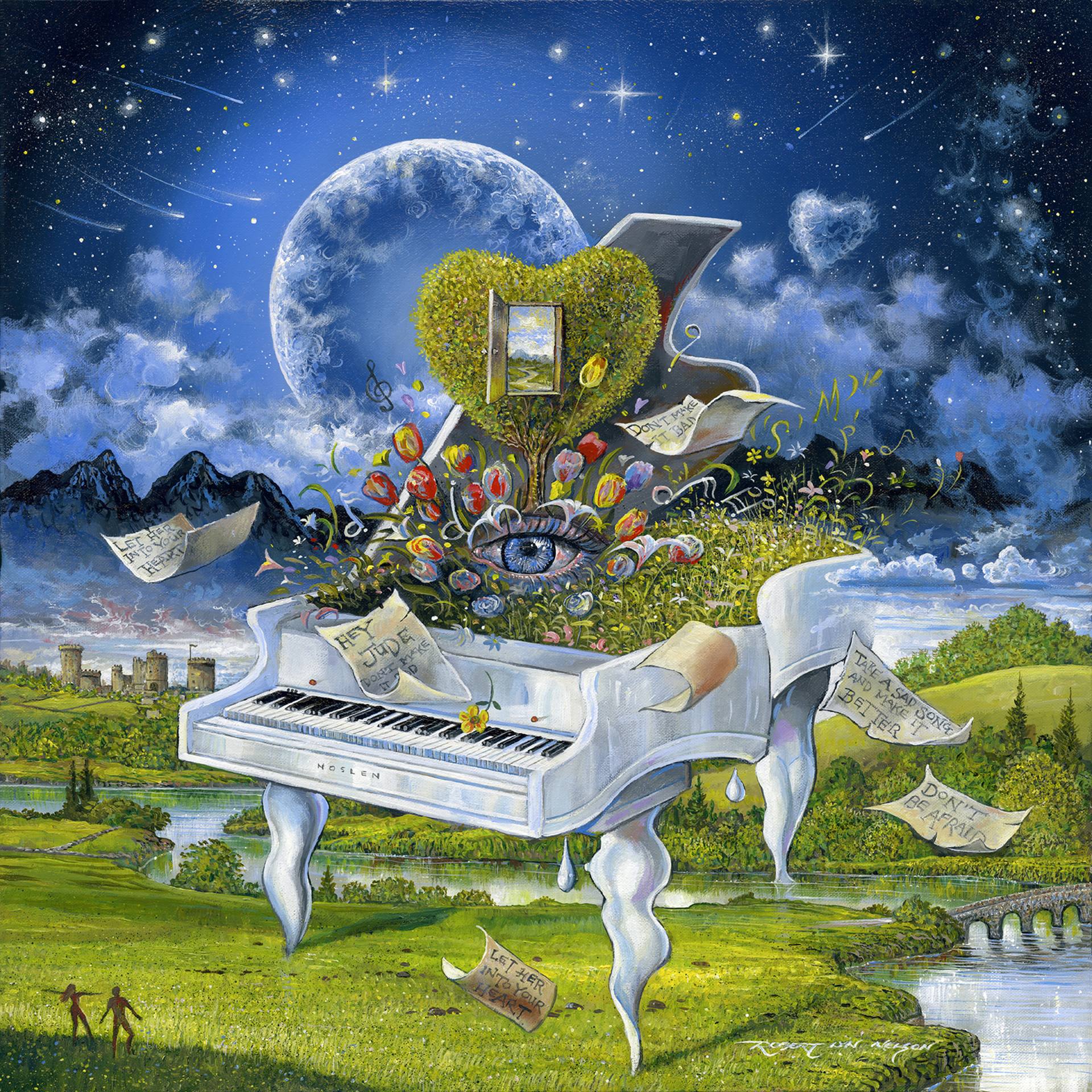

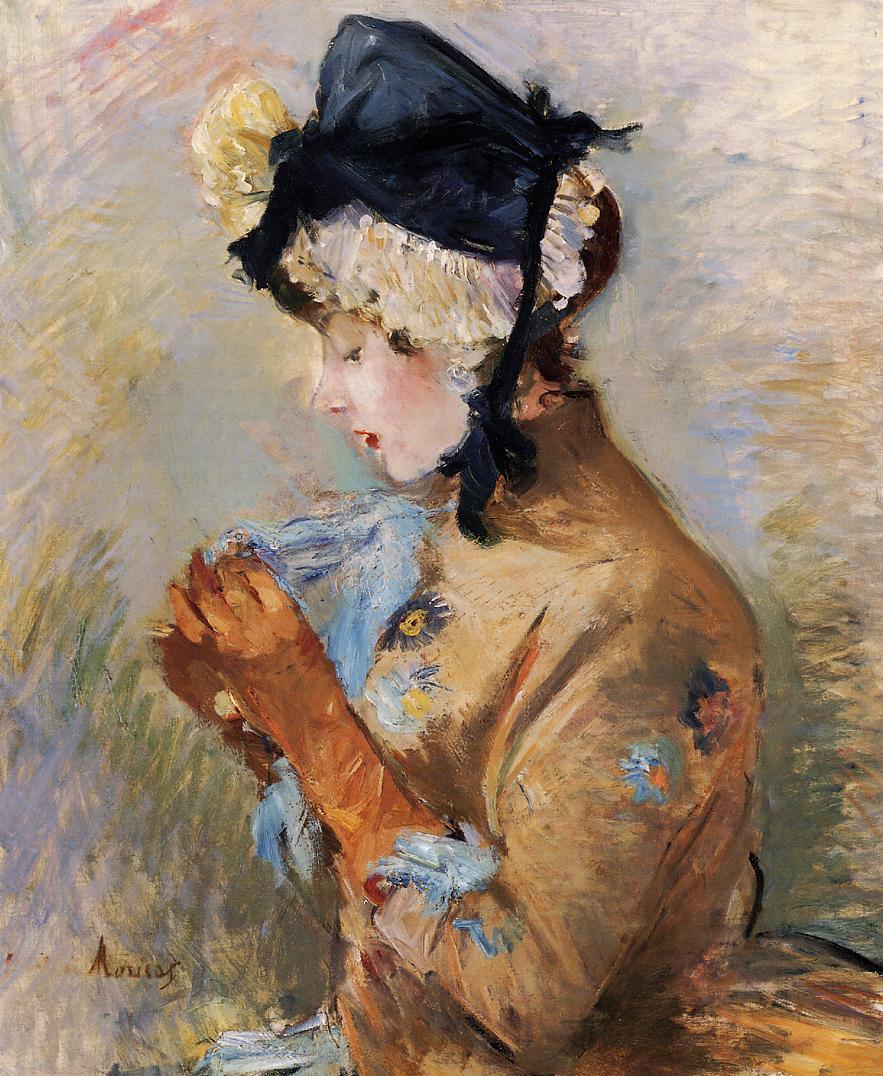.jpg)
.jpg)
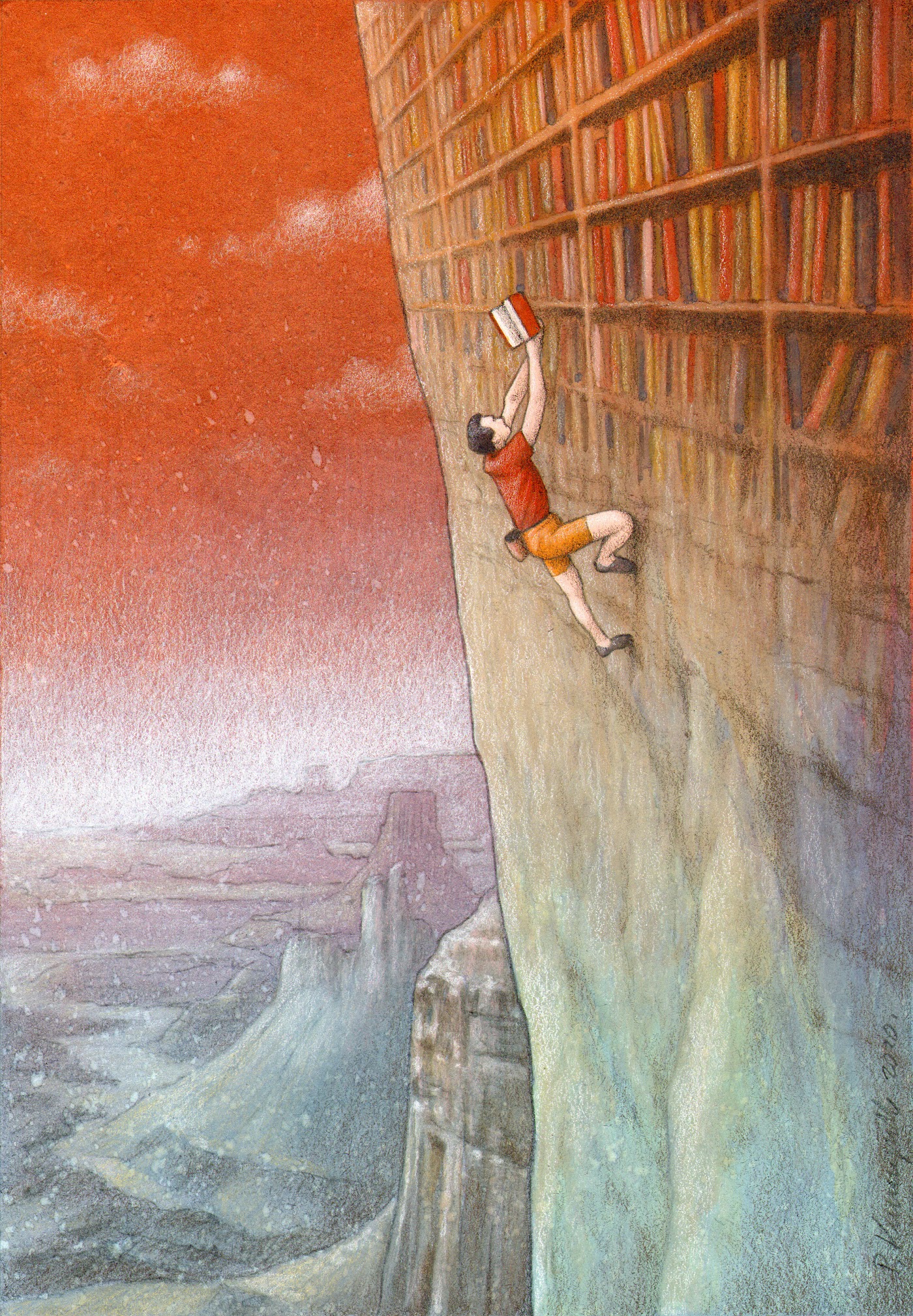






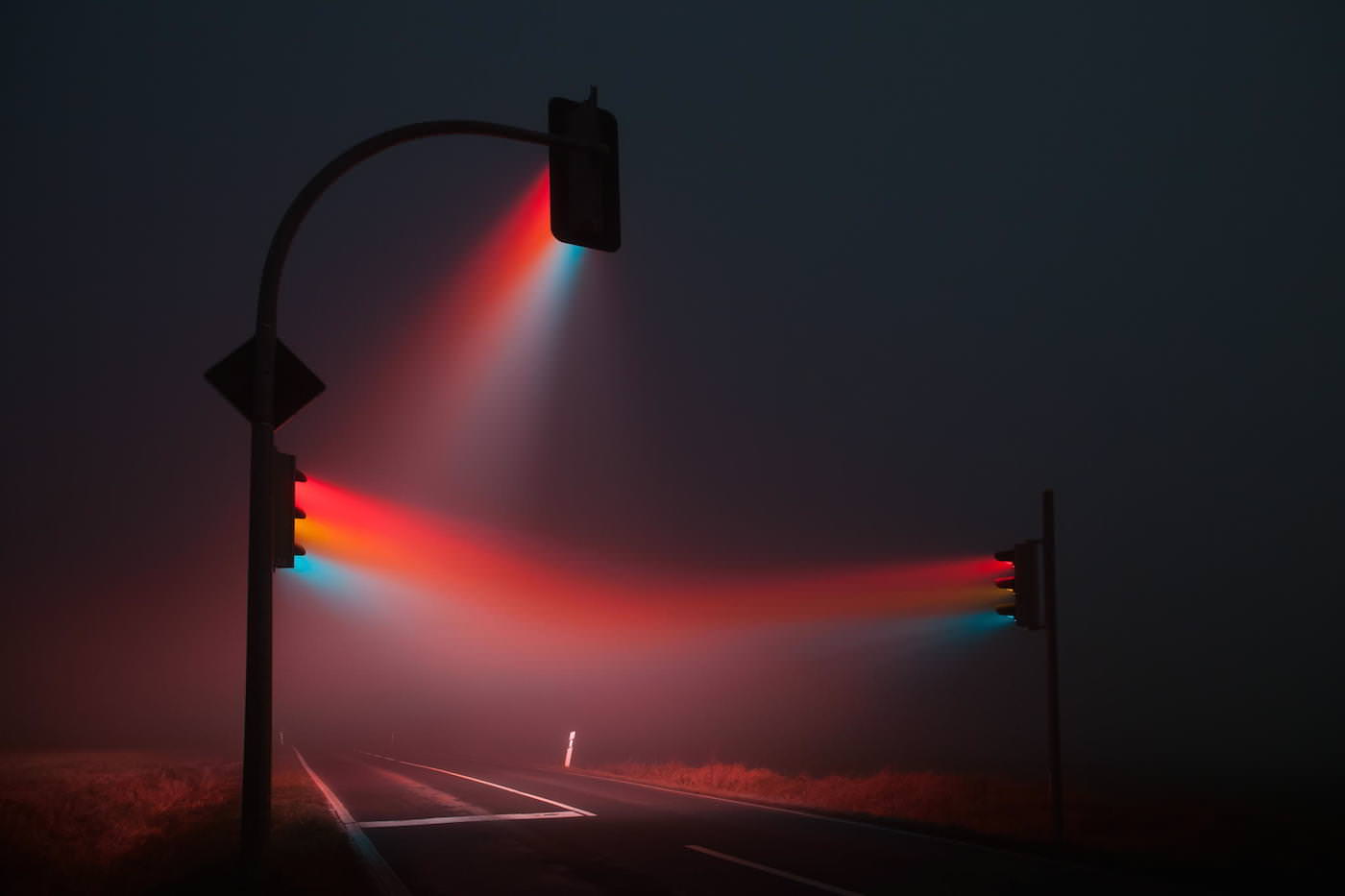

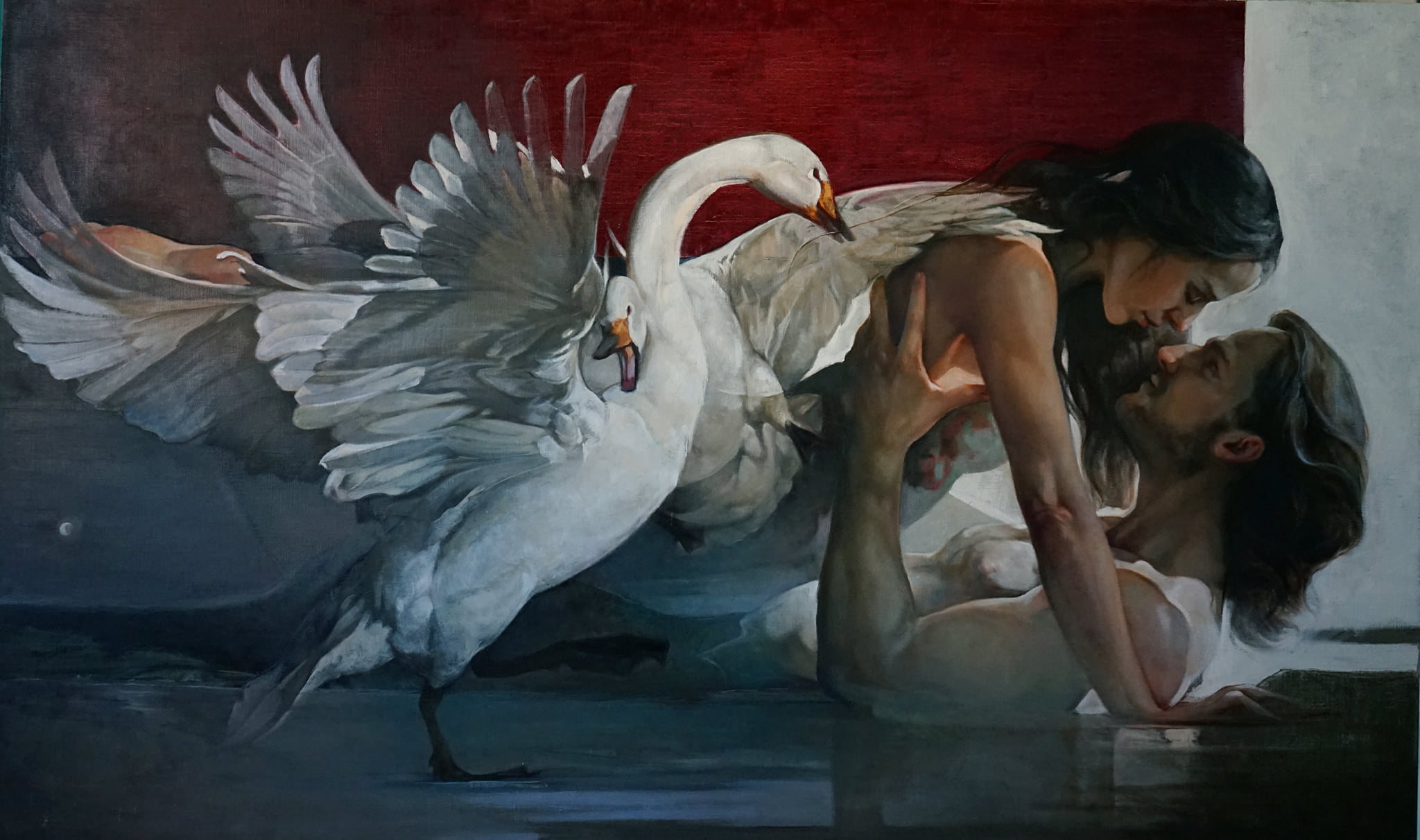

.jpg)
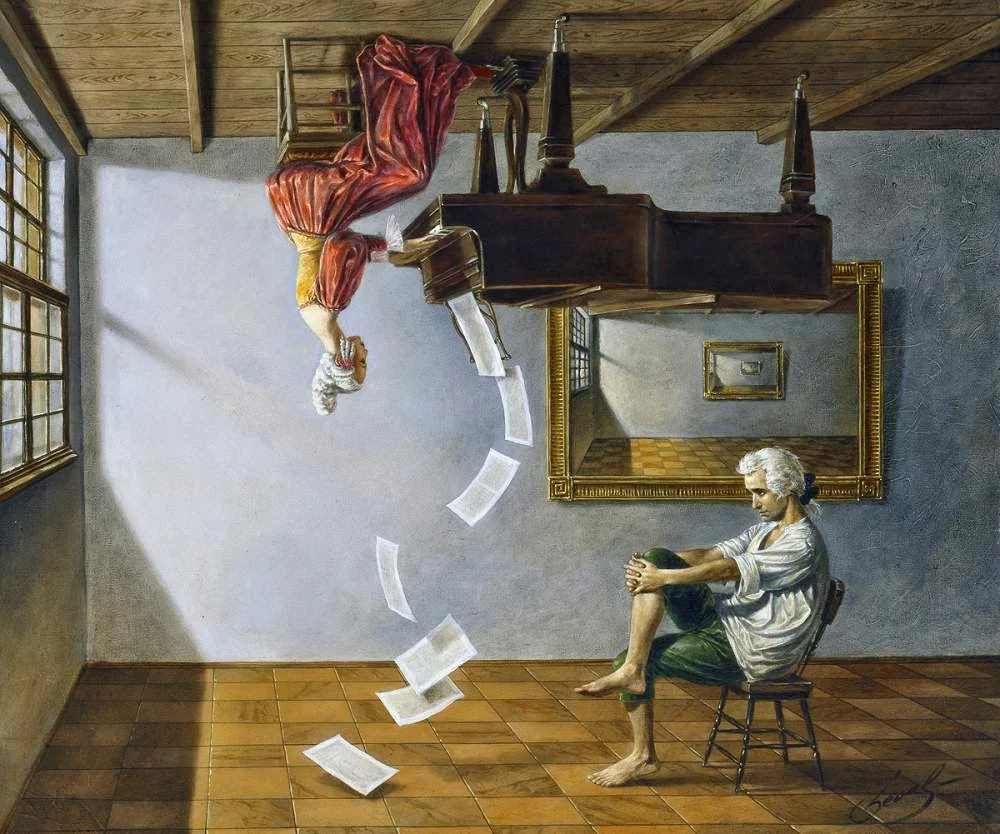.jpg)


